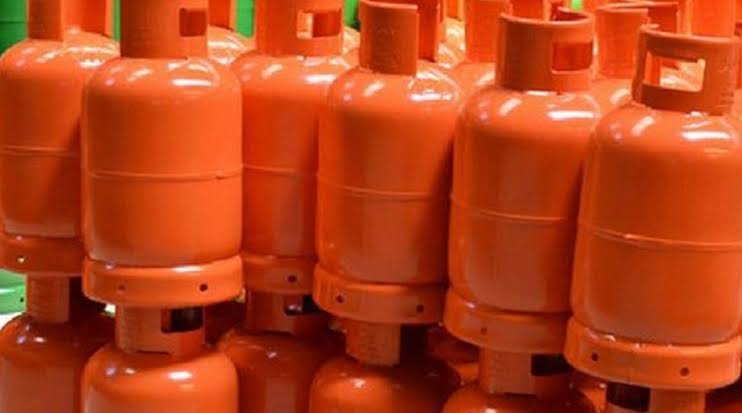Using an expired cooking gas cylinder poses significant safety risks, including gas leaks or explosions.
Is there a way to know an expired cylinder? Yes!

Gas cylinders have a limited lifespan, so it is essential to ensure they are in good condition.
Here’s how to identify an expired cylinder and what to do if you find one:
1. Check Expiry Date On The Gas Cylinders
Most gas cylinders have an expiry date stamped near the handle or neck. The format appears as A/B/C/D YY, where:
- A: January to March
- B: April to June
- C: July to September
- D: October to December
- YY: Last two digits of the expiry year
For instance, if a cylinder is stamped D24, it expires in December 2024.
2. Inspect For Physical Damage
Look out for visible signs of wear and tear, such as:
Rust or Corrosion: Weakens the cylinder, increasing the risk of leaks.
Dents or Cracks: May compromise structural integrity.
Faded Markings: If the expiry date or other details are illegible, the cylinder might be outdated.
People Also Read: How To Start Pepper And Tomatoes Business
3. Detect Leaks Or Unusual Odours
Expired or damaged cylinders may leak gas, identified by:
A hissing sound near the valve or hose.
A strong gas smell, even when not in use.
What To Do If Your Gas Cylinders Has Expired
1. Stop Using It Immediately: Turn off the valve and disconnect it from your gas appliance.
2. Contact a Trusted Supplier: Arrange for a replacement from an authorized distributor.
3. Dispose of It Properly: Avoid attempting repairs or reusing expired cylinders.
Always inspect your gas cylinder for expiry and damages before each use.
Staying vigilant ensures the safety of your home and loved ones.

